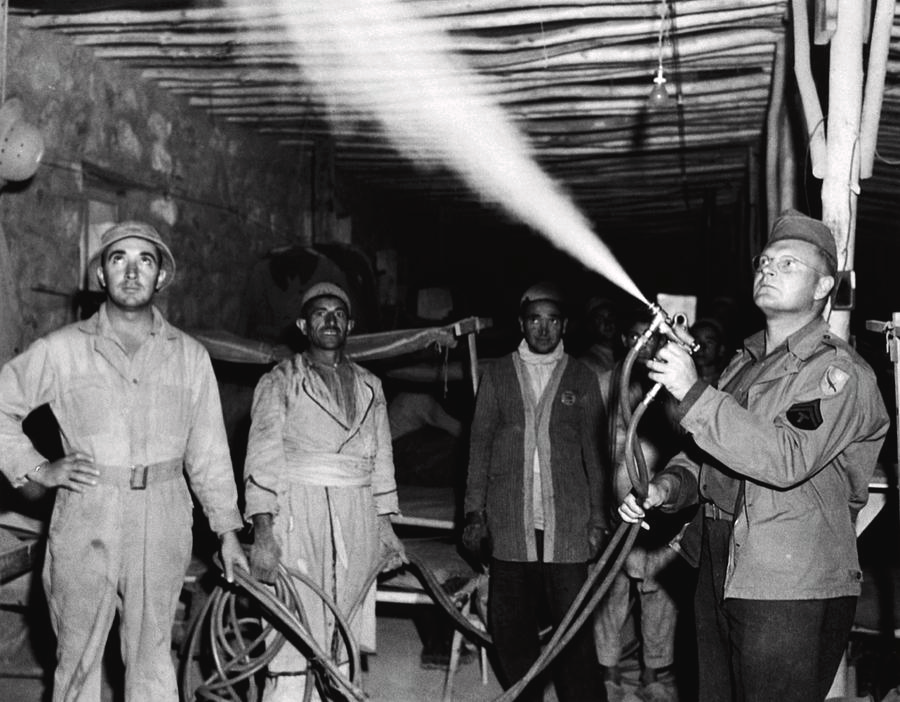Total greenhouse gas emissions are the sum of emissions of various gases: carbon dioxide, methane, nitrous oxide, and smaller trace gases such as hydrofluorocarbons (HFCs) and sulfur hexafluoride (SF6). According to the EPA, Environmental Protection Agency. With constant global warming issues, this investigation looks into the amount of greenhouse gasses that are released on a daily/weekly basis through my normal life routines, the results are as follows:
Methane Emission over four days
Fossil fuel: Driving to and from work, putting gas in my car.
Livestock/ Agriculture: The cows and horses we have on my family's ranch (released through enteric fermentation).
Waste: The trash collected throughout the week, the wastewater running from the sink from washing dishes, and the bath faucet as we shower.
Carbon Dioxide Emission over four days
Electrical: The AC went out on Monday, and we got an electrical portable unit for my room, but we have to be cautious of when and how long we leave it on for, because of the electricity it takes up.
Using the microwave and the stove to warm up and cook food throughout the week.
Biological materials: The trees and plants around the perimeter of our house.
- Data Analysis and Interpretation using mathematical and computational thinking.
According to the EPA, "in 2020, the electric power sector was the second largest source of U.S. greenhouse gas emissions, accounting for 25% of the U.S. total." This was the most helpful source in terms of percentages and overall data to compare to. So, I can easily say that my electrical emission has to take the lead by an estimated 50% in comparison to the other outlets. Therefore, it is my first largest source. With that being said, my second source would have to be from transportation, roughly guessing it to be at 30% throughout the week.
This leaves my residential and commercial at 15%, and agricultural at 5%. In means of transportation, I drive 2 miles to and from work, so it isn't as bad as working across town since it is super close down the street, but I sometimes get stuck on the worst street of traffic and travel larger distances when going to a friend or family's house or when running errands. I drive a 2012 Kia Soul, which has 27 MPG, 25 in the city, and 30 on the highway and 3.7 gal/100km. The Kia soul average fuel consumption is 49.1 MPG or 5.8 liters/100km and average CO2 output is 143.0 g/km based on 98 models. So, using my car, I need 9.28 liters, or 2.5 gallons for the two miles that I drive to work. Multiply that by the 4-5 days a week that I work, which leads me to using roughly 45-46 liters, (19.6x the 2.5 gallons) which means that my car emits 49 gallons a week.
- Develop an argument from evidence.
The emission of particular greenhouse gasses might be inevitable to contribute to, but not completely impossible to reduce. We have to be smarter and more considerately cautious about what we use and if it is really necessary. If so, it is important to work harder on ways to work around such extreme harmful emissions, for us and the future of our environment.
- Explanations and Designing Solutions
The emission through transportation would be because of my car that I drive to work pretty much every day, and if I am not in my car, I am with my mom in her minivan. Studies happen to show that "the largest sources of transportation-related greenhouse gas emissions include passenger cars, medium- and heavy-duty trucks, and light-duty trucks, including sport utility vehicles, pickup trucks, and minivans. These sources account for over half of the emissions from the transportation sector." Therefore, some possible solutions to this issue would include the use of electricity from renewable sources, such as wind and solar; or fossil fuels that are less CO2-intensive than the fuels that they replace. Which means using electric or hybrid automobiles, where the energy is generated from lower-carbon or non-fossil fuels. In addition, reducing travel time and driving more sensibly when accelerating could also help contribute the decrease in emission. Then, of course, it would be better to walk or bike to certain places that are in closer proximity instead of having to drive the unnecessary distance.
In regard to the electrical usage, there are many factors that are simply wants and not needs that could help reduce a lot of the gas emission. Having multiple fans plugged in, bluetooth speakers, hairdryers and straighteners, etc. I could definitely work on being more mindful of those things. One that I need to get better at is not continuing to leave my phone charger in for long periods of time after I am done using it. Some universal solutions include converting a coal-fired boiler to use of natural gas, or co-firing natural gas and shifting dispatch of electric generators to lower-emitting units or power plants. It would be way more helpful if we continued by using renewable energy sources rather than fossil fuel to generate electricity.
Cited Sources:
“Compare Side-by-Side.” Www.fueleconomy.gov - the Official Government Source for Fuel Economy Information, https://www.fueleconomy.gov/feg/Find.do?action=sbs&id=31823.
EPA, Environmental Protection Agency, https://www.epa.gov/ghgemissions/overview-greenhouse-gases#methane.
EPA, Environmental Protection Agency, https://www.epa.gov/ghgemissions/sources-greenhouse-gas-emissions.
“Microwaves Might Emit as Much Greenhouse Gases as Cars: Study.” The Indian Express, 18 Jan. 2018, https://indianexpress.com/article/technology/science/microwaves-might-emit-as-much-greenhouse-gases-as-cars-study-5030422/.
Ritchie, Hannah, et al. “Greenhouse Gas Emissions.” Our World in Data, 11 May 2020, https://ourworldindata.org/greenhouse-gas-emissions.








